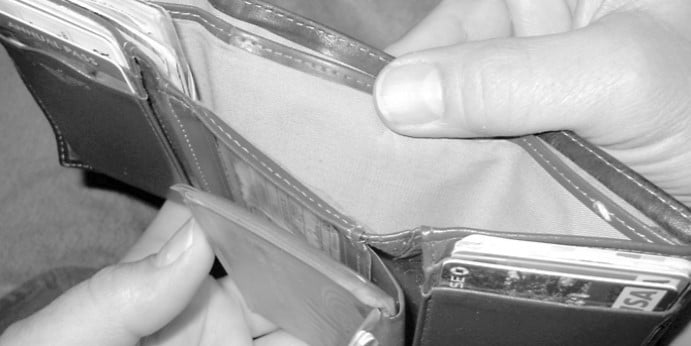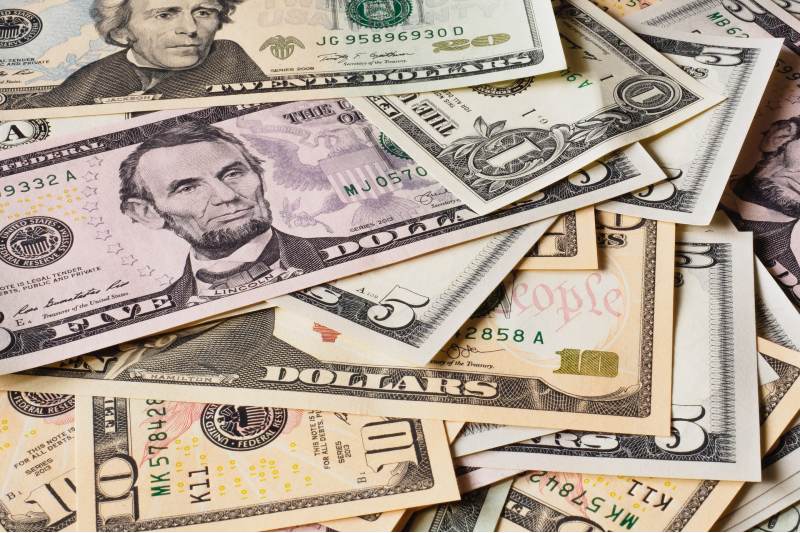Federal government’s calculated poverty level doesn’t add up in real world standards
“So three statisticians go hunting. The first hunter shoots at the deer and misses to the left. The second one shoots and misses to the right. The third one jumps up and down and says ‘I hit it!’ ”
Sometimes numbers are used to explain, to clarify, or to provide context. How many home runs did Ryan Zimmerman hit in April? How many people voted for Mayor Fenty in the last election? How many blocks do I have to walk to the nearest Five Guys? Numbers make the world easier to understand. But sometimes they blur and undermine what regular folks might consider common sense.
The above joke is from an old episode of the television show “The West Wing”. The episode “The Indians in the Lobby” featured a pair of Native Americans and their civil protest, and President Josiah Bartlett calling the Butterball Turkey Hotline. But there was a plot line that always stuck with me.
The federal government did not want to reformulate how the poverty level is determined. If authorities raised the poverty level, the thinking went, more people would be classified poor. And for an administration to increase the number of poor doesn’t look good come election time, even if it’s just the result of changing a formula.
I was reminded of this episode a few weeks back while reading an issue of Street Sense. There was a piece about who qualifies for the Earned Income Tax Credit, and I was struck by just how little money families and individuals are expected to get by on. I did some digging, and the numbers are sobering.
According to the website of the U.S. Department of Health and Human Services Assistant Secretary for Planning and Education, the 2009 poverty guidelines for the contiguous states and the District of Columbia are striking. According to HHS, if an individual makes more than $10,830 annually, he or she is above the poverty line. Think about that. That’s about $900 a month. I’m embarrassed to say that’s approximately half my rent. The poverty guidelines go up $3,740 for each additional person in the household. The HHS guideline for a family of four is $22,050.
The U.S. Census Bureau has slightly different, but still daunting, numbers. According to its website, an individual earning $10,952 per year meets the Bureau’s poverty threshold, and for a family of four the Bureau’s threshold is $21,947. The numbers are based on the Consumer Price Index, and the way these groups get to these numbers goes beyond the understanding of a mere writer. The numbers are used to determine assistance for people and help paint a picture of the country as a whole.
It seems that anyone with common sense, who has ever lived a minute in the real world, could recognize at a glance that $11,000 a year is hardly enough to get by on in a place like Washington, D.C. or New York. Maybe in Little Rock, Arkansas, or Tulsa, Oklahoma. Maybe. But $11,000 in D.C. will not cover safe, comfortable shelter; nutritious food; transportation costs to get to work, school or the doctor; necessary health care, both emergency and regular checkups; and anything else we take for granted day to day.
Perhaps the way poverty is defined should be reassessed. I realize that having more people receive government assistance adds additional strain to an already ballooning budget. But the first step in grappling with a problem is to face the reality of the situation. To say that a person who makes $11,000 a year in the United States of America is out of poverty is ridiculous. The numbers aren’t honest.







